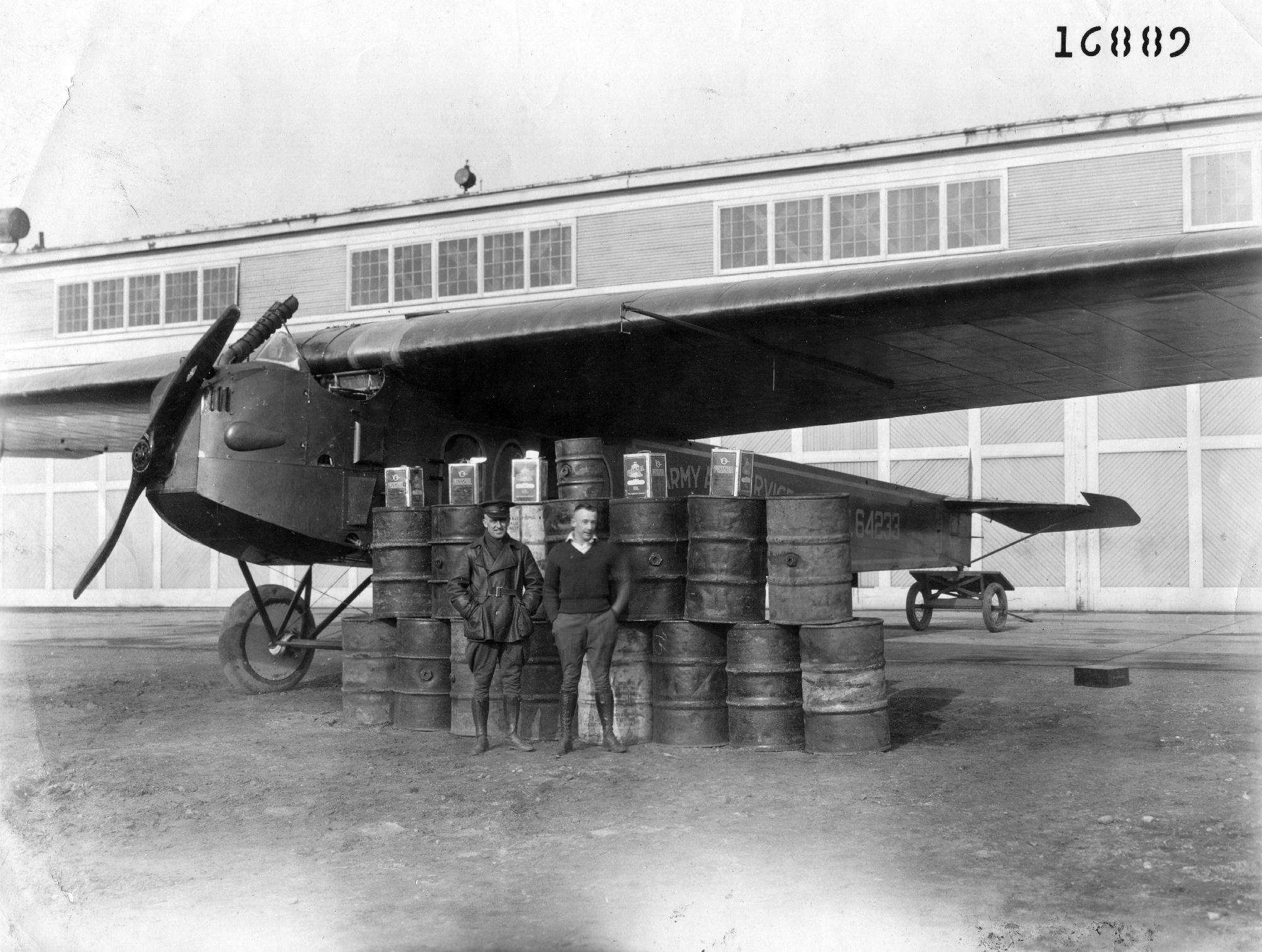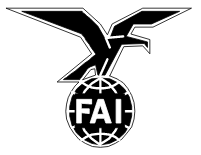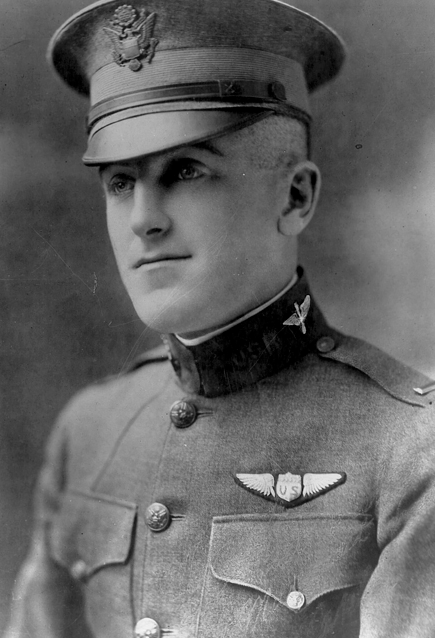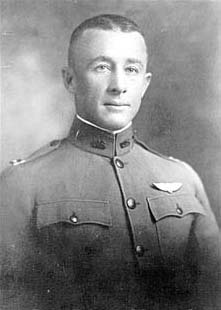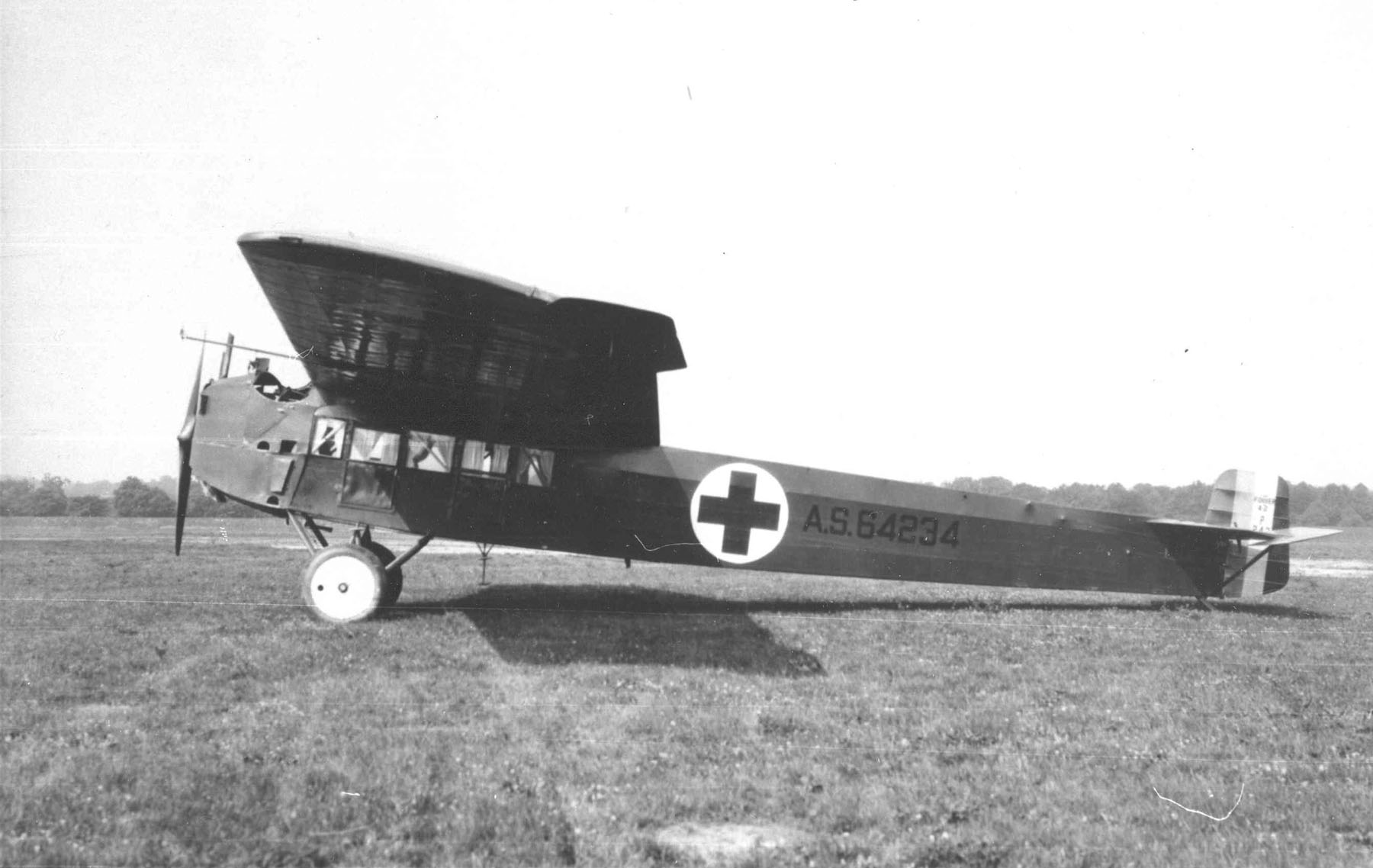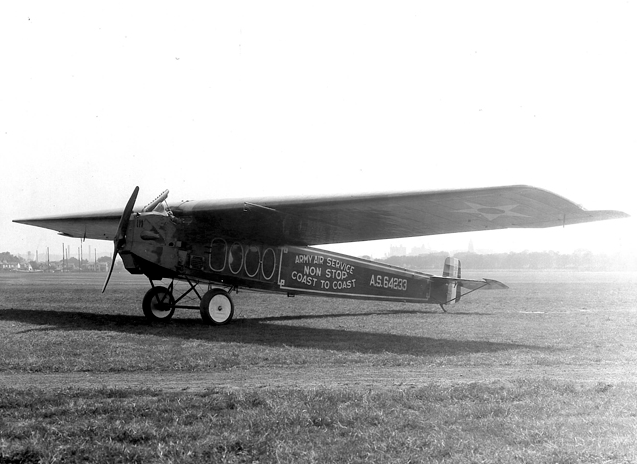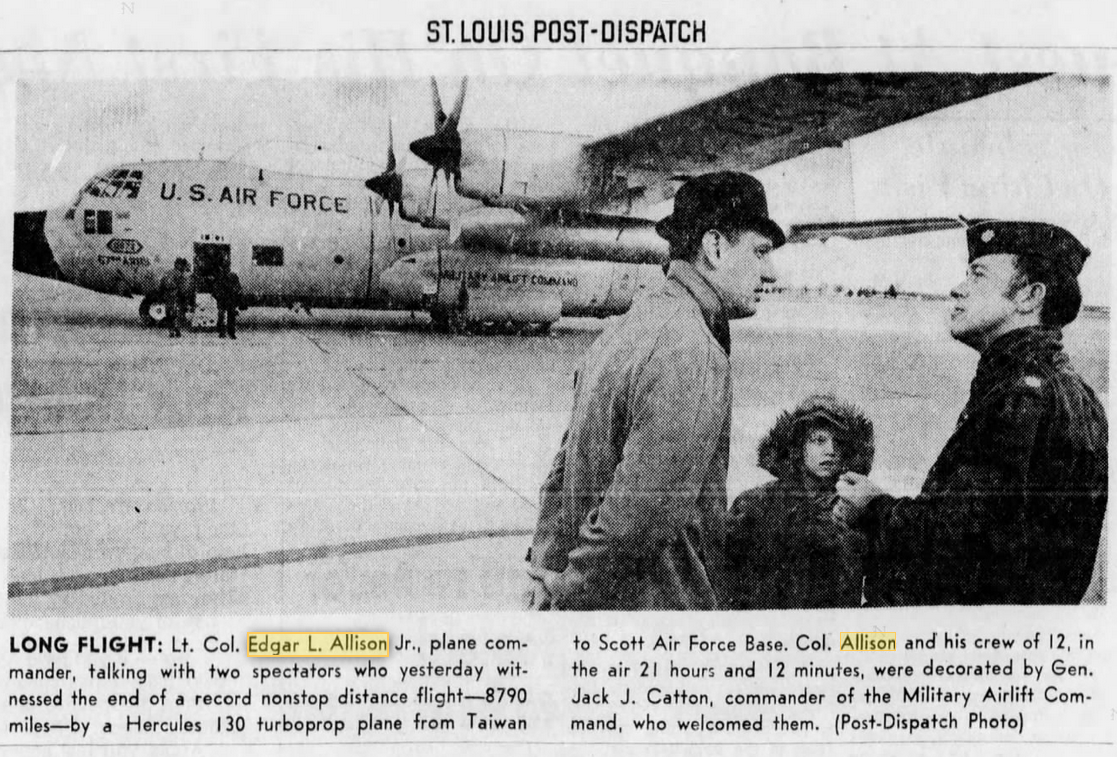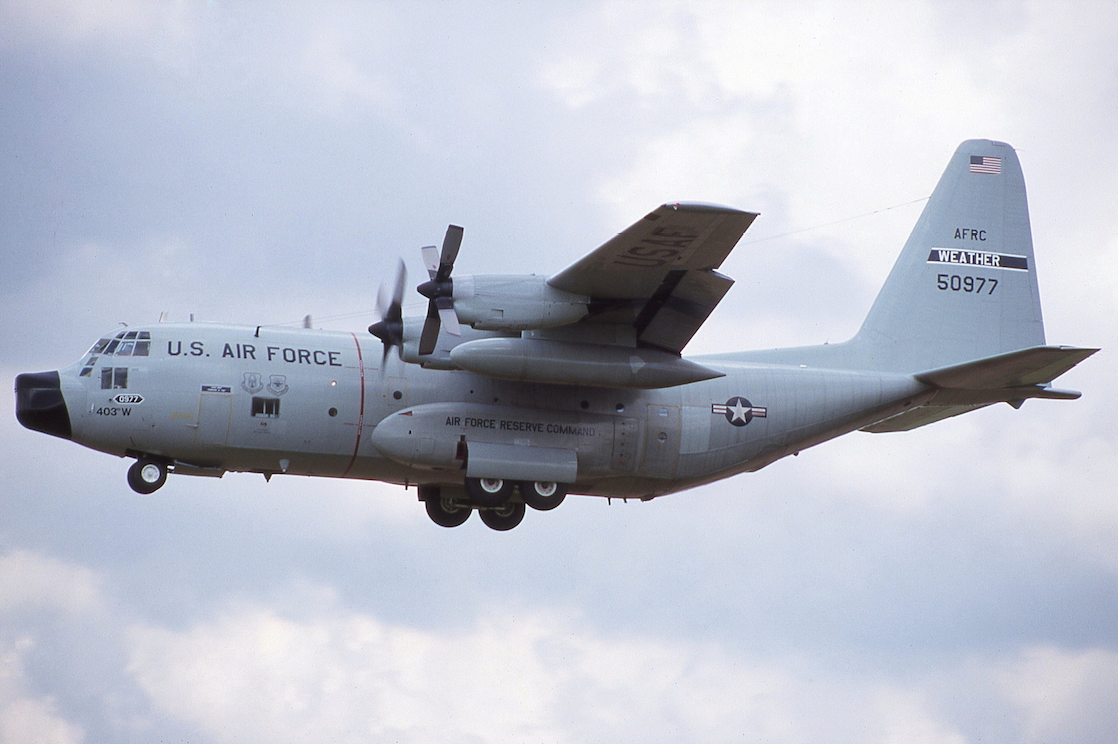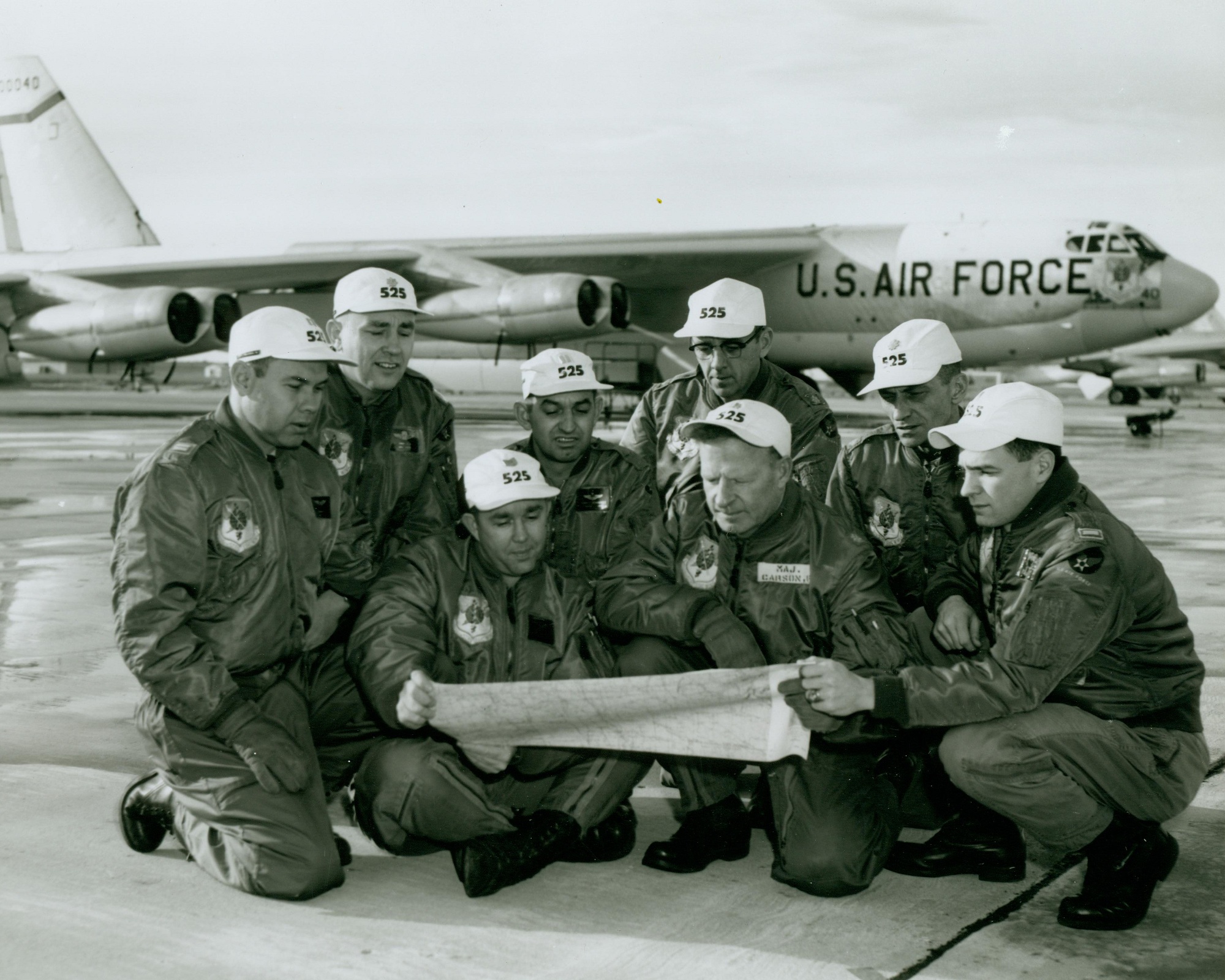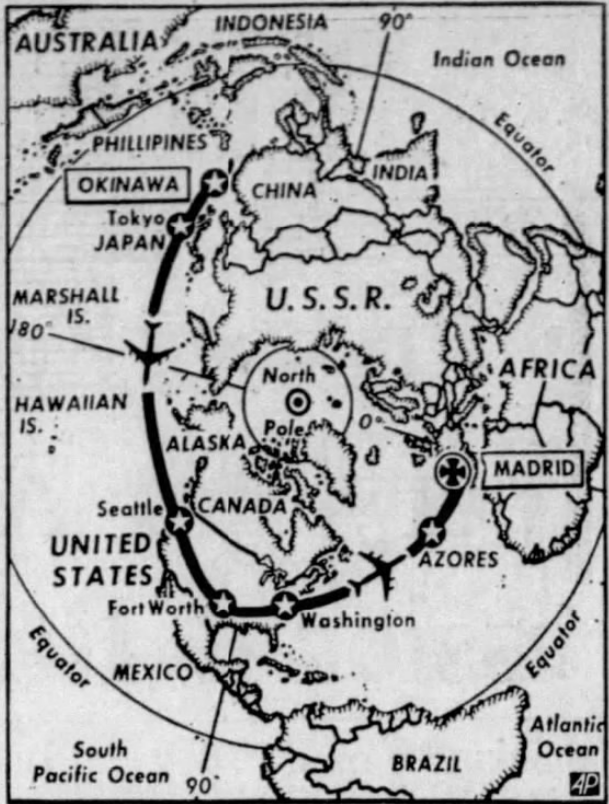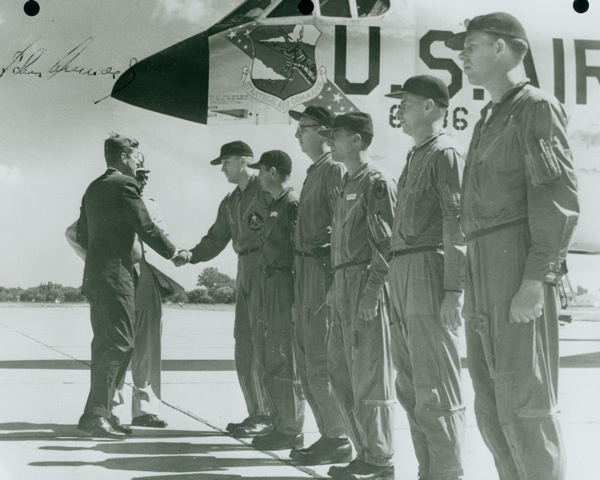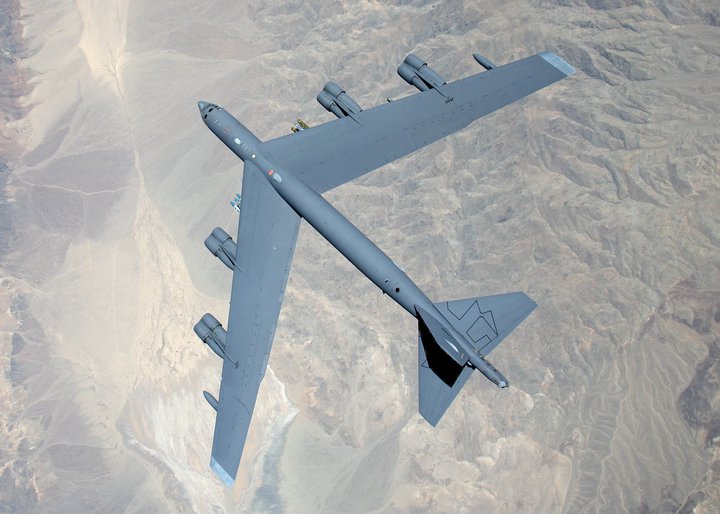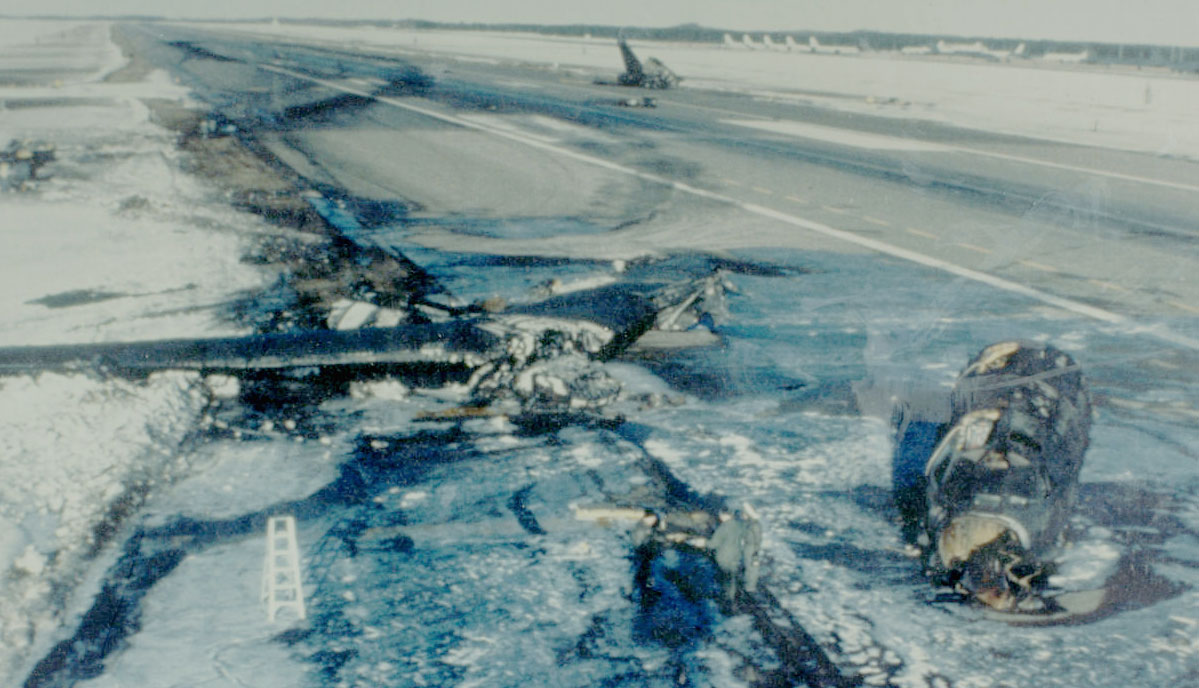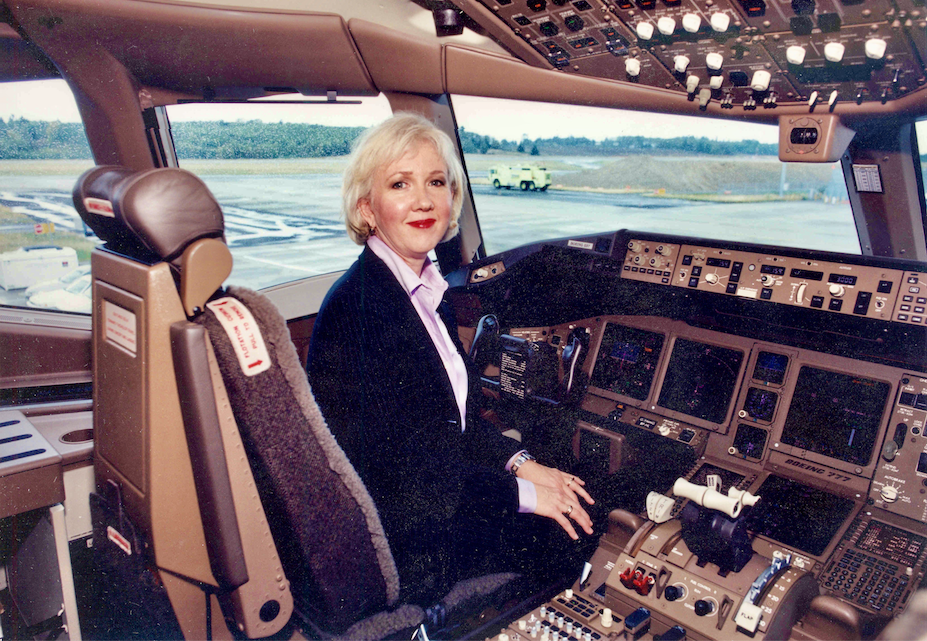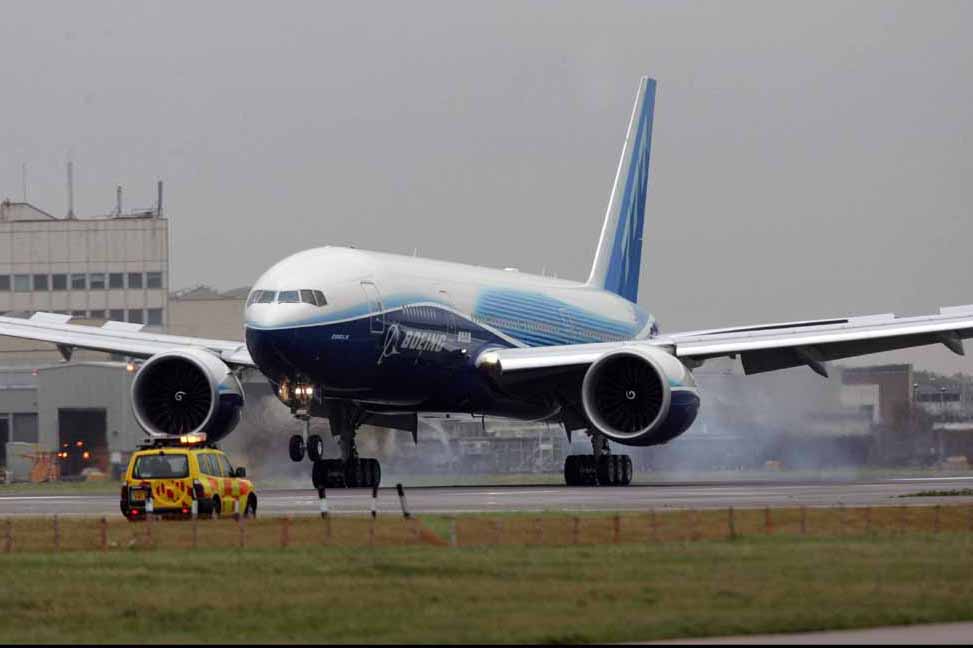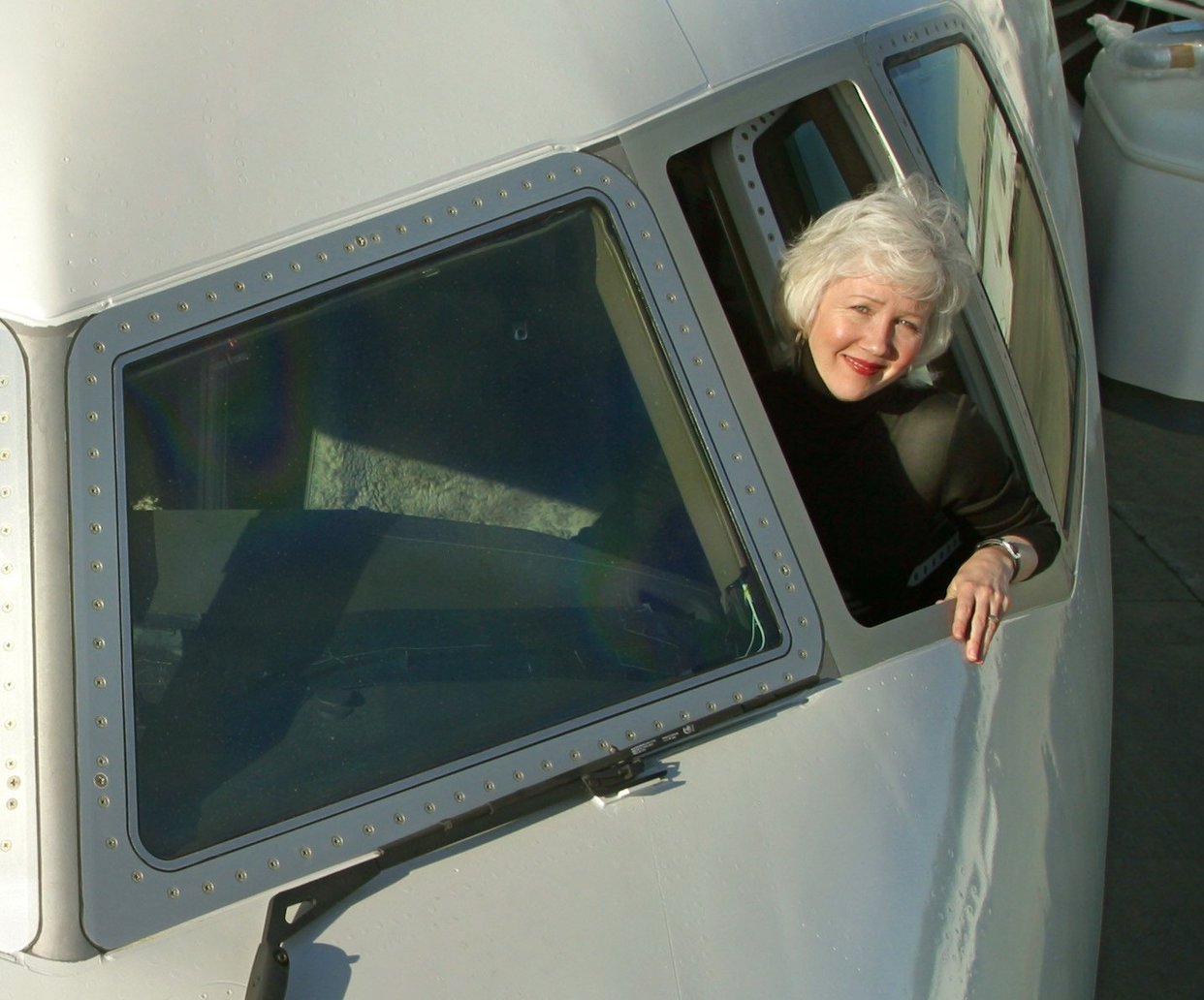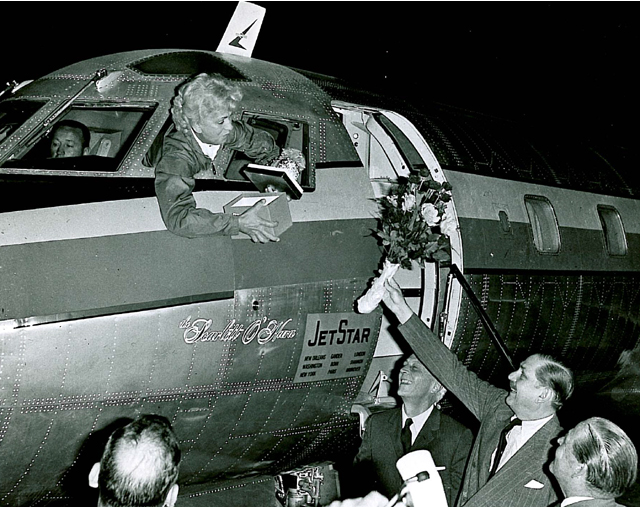
 22 April 1962: Jackie Cochran set 18 Fédération Aéronautique Internationale (FAI) records in one day flying a Lockheed L-1329 JetStar, construction number 5003, FAA registration N172L, and named The Scarlett O’Hara. The route of her flight was New Orleans–Boston–Gander–Shannon–London–Paris–Bonn, with refueling stops at Gander and Shannon.
22 April 1962: Jackie Cochran set 18 Fédération Aéronautique Internationale (FAI) records in one day flying a Lockheed L-1329 JetStar, construction number 5003, FAA registration N172L, and named The Scarlett O’Hara. The route of her flight was New Orleans–Boston–Gander–Shannon–London–Paris–Bonn, with refueling stops at Gander and Shannon.
According to the U.S. Centennial of Flight Commission, Jackie Cochran “…set more speed and altitude records than any other pilot.”
The following are the FAI records that she set on 22 April 1961:
4609, 4615: Speed over a recognized course, Gander, NF (Canada)–Shannon (Ireland): 829.69 kilometers per hour (515.546 miles per hour)
4611, 4616: Speed over a recognized course, Gander, NF (Canada)–London (UK): 749.11 kilometers per hour (465.475 miles per hour)
4612, 4617: Speed over a recognized course, Gander, NF (Canada)–Paris (France): 746.22 kilometers per hour (463.680 miles per hour)
4613, 4618: Speed over a recognized course, Gander, NF (Canada)–Bonn (FRG): 728.26 kilometers per hour (452.520 miles per hour)
4638: Speed over a recognized course, Boston, MA (USA)–Gander, NF (Canada): 816.32 kilometers per hour (507.238 miles per hour)
4639, 4640: Speed over a recognized course, Boston, MA (USA)–Shannon (Ireland): 565.45 kilometers per hour (351.354 miles per hour)
4641, 4642: Speed over a recognized course, Boston, MA (USA)–London (UK): 558.50 kilometers per hour (347.036 miles per hour)
4643, 4644: Speed over a recognized course, Boston, MA (USA)–Paris (France): 564.88 kilometers per hour (351.000 miles per hour)
4645, 4646: Speed over a recognized course, Boston, MA (USA)–Bonn (FRG): 562.56 kilometers per hour (349.559 miles per hour)
12322: Distance, New Orleans, LA (USA)–Gander, NF (Canada): 3,661.33 kilometers (2,275.045 miles)
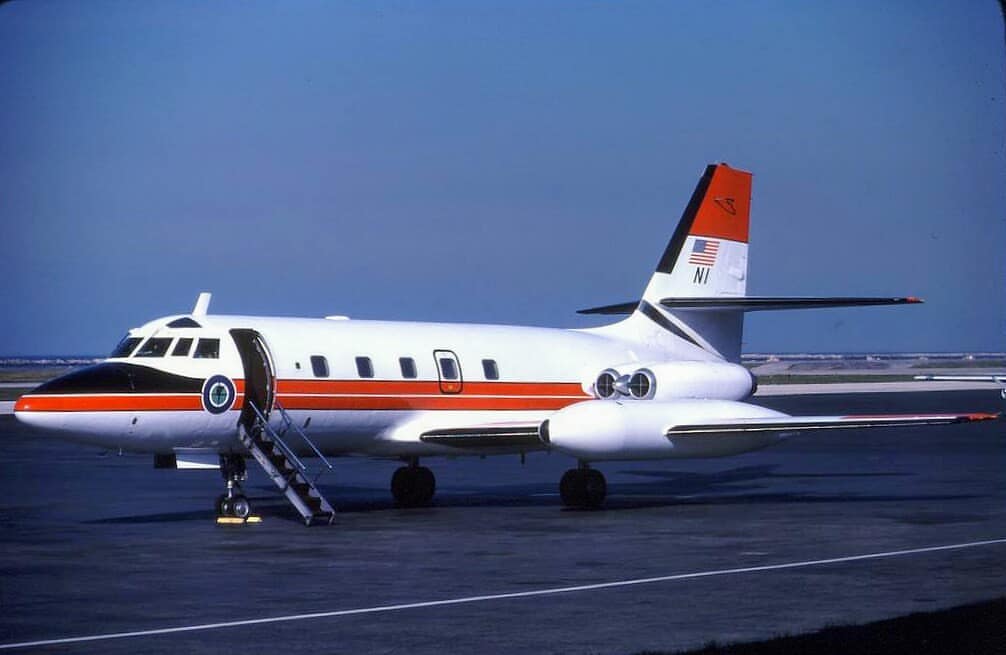
 The Lockheed L-1329 JetStar was the first in a category of small-to-medium-sized jet transports that would become known as the “business jet.” Like many Lockheed airplanes, it was designed by a team led by Clarence L. “Kelly” Johnson, and he retained the first prototype as his personal transport.
The Lockheed L-1329 JetStar was the first in a category of small-to-medium-sized jet transports that would become known as the “business jet.” Like many Lockheed airplanes, it was designed by a team led by Clarence L. “Kelly” Johnson, and he retained the first prototype as his personal transport.
The JetStar is operated by two pilots and can be configured for 8 to 10 passengers. The airplane is 60 feet, 5 inches (18.41 meters) long with a wingspan of 54 feet, 5 inches (16.59 meters) and overall height of 20 feet, 5 inches (6.22 meters). The leading edge of the wings are swept to 30°. The JetStar has an empty weight of 24,750 pounds (11,226 kilograms) and maximum takeoff weight (MTOW) of 44,500 pounds.
The two prototype JetStars were powered by two Bristol Siddeley Orpheus engines, but the production models were powered by four Pratt & Whitney JT12A-8 turbojets engines which produced 3,300 pounds of thrust, each. The JetStar 731 was a modification program to replace the turbojet engines with quieter, more efficient and more powerful Garrett AiResearch TFE731 turbofan engines which increased thrust to 3,700 pounds per engine. New production JetStar II airplanes were equipped with these turbofans.
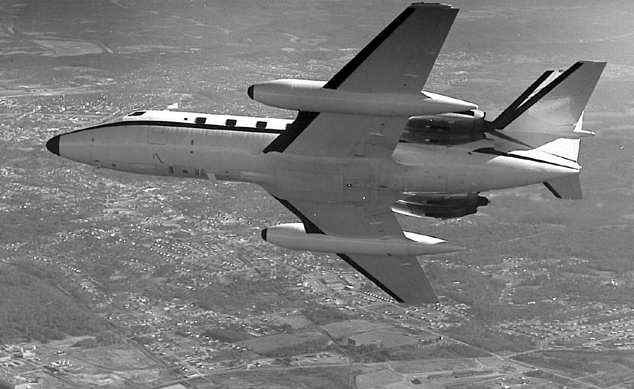
The JetStar’s cruise speed is 504 miles per hour (811 kilometers per hour) and its maximum speed is 547 miles per hour (883 kilometers per hour) at 30,000 feet (9,145 meters). The service ceiling is 43,000 feet (13,105 meters) and range is 2,995 miles (4,820 kilometers).
The Lockheed JetStar was in production from 1957 to 1978. 204 were built as civil JetStars and military C-140A Flight Check and C-140B and VC-140B JetStar transports.
The JetStar flown by Jackie Cochran on her record setting flight from New Orleans to Bonn, construction number 5003, eventually was acquired by NASA and assigned to the Dryden Flight Test Center at Edwards Air Force Base, California. It was reregistered as N814NA, and used the call sign NASA 4. No longer in service, NASA 4 is on display at the Joe Davies Heritage Airpark at Air Force Plant 42, Palmdale, California.
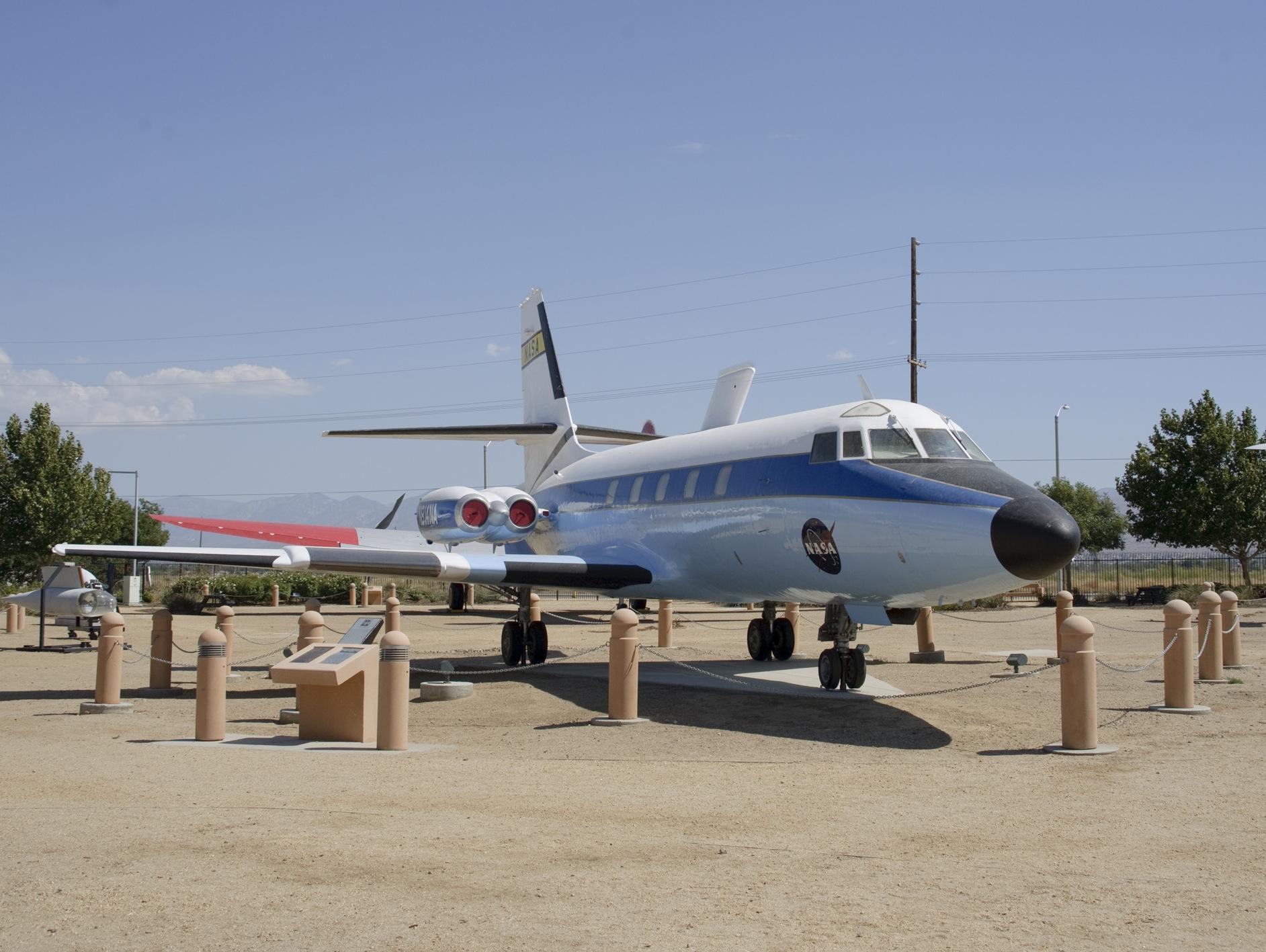
© 2016, Bryan R. Swopes




